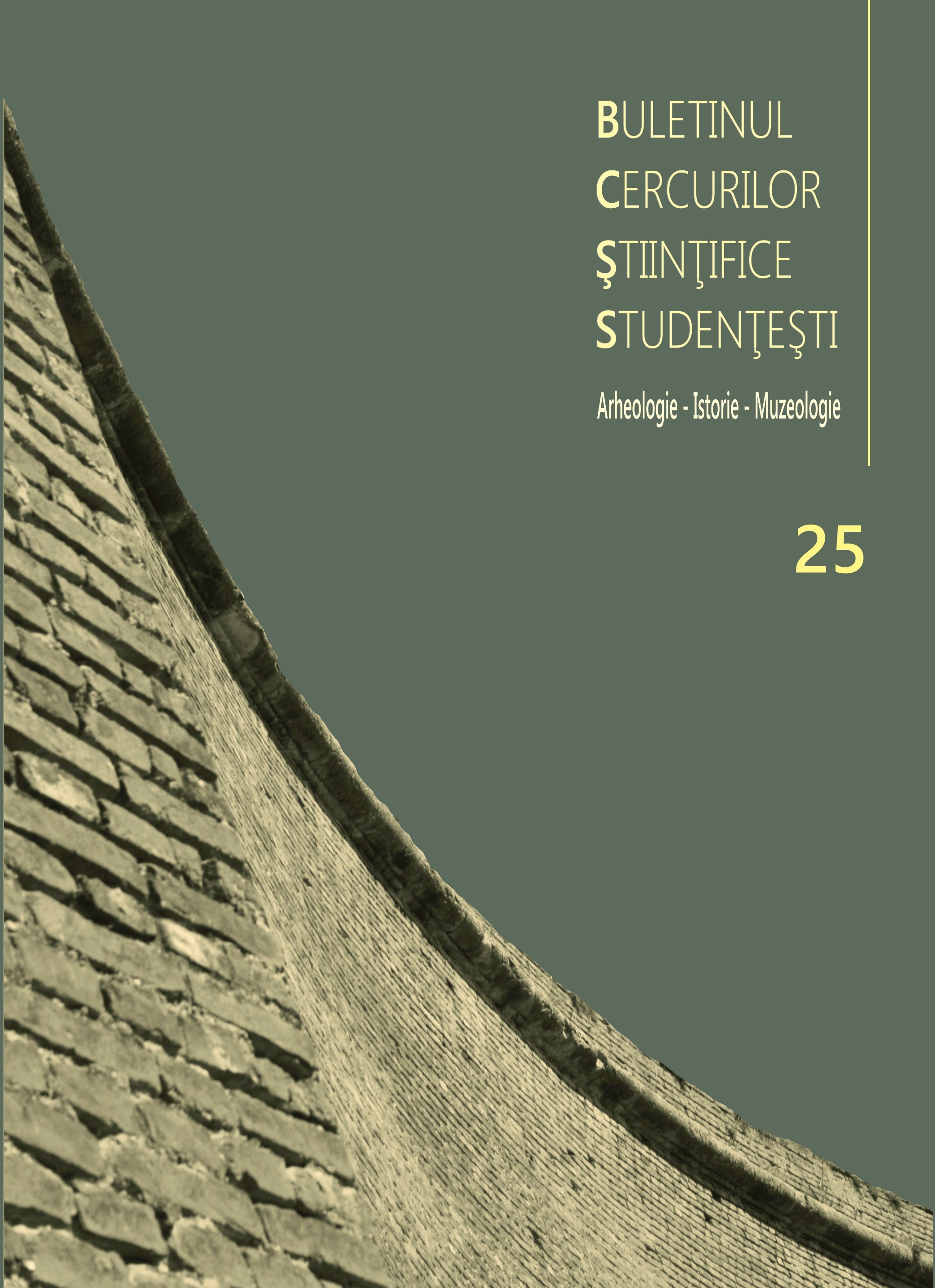Activitatea Regimentului 50 Cezaro-Crăiesc
„Mare Duce de Baden” în Alba Iulia
The Activity of the “Grand Duke of Baden” 50th Imperial
and Royal Infantry Regiment in Alba Iulia
Author(s): Stefan BorzaSubject(s): Military history, Modern Age
Published by: Universitatea »1 Decembrie 1918« Alba Iulia
Keywords: Austro-Hungarian Empire; Transylvania; Alba Iulia;
Summary/Abstract: The history of the Austrian Imperial and Royal military forces (in German called Kaiserliche und Königliche Heer) is an important part of world military history. After the integration of Transylvania in the Habsburg Empire, the imperial authority from Wien tried to facilitate the inclusion of the province through five important elements: the cult of the Emperor, the Army, the Catholic Church, the German language and the administration. In this article, I expose a small part of the military history of the Habsburg Empire by presenting the history of a regiment from the K.u.K., the 50th Line Infantry Regiment „Großherzog von Baden”, which begins in 1851, after the disbandment of the Romanian and Szekler border regiments. The 50th Regiment continues the tradition of the Second Border Regiment from Năsăud, through the inheritance of its patrimony. The short history of the 50th Regiment contains important events such as receiving the gold medal in 1851, Ceneda celebrations in 1863 and Custozza celebrations in 1906 and 1908, the military campaigns (Romanian Principalities in 1854-1856, Italian campaign from 1866- Battle of Custozza and the Great War campaign - description of the Ivangorod, Arsiero and Monte San Gabriele Battles). A detailed presentation of the patrimony and the distinct signs of the 50th Regiment (golden medal, the scarf from Empress Elizabeth, distinct color- parrot-green and the kappenabzeichen, from World War One). Before presenting the actual case of my study, I am indebted to present the historians that wrote about the 50th Regiment (Karl Klein, George Barițiu, Alphons von Wrede and an unknown author), as their work has been a very important part of the historiography of the subject. The final pages of the study are reserved for a table with the places the regiment stationed between 1889 and 1914, as well as images and ilustrations depicting different aspects and elements concerning the patrimony or the places where the regiment has fought.
Journal: Buletinul Cercurilor Științifice Studențești
- Issue Year: 25/2019
- Issue No: 1
- Page Range: 57-80
- Page Count: 25
- Language: Romanian

